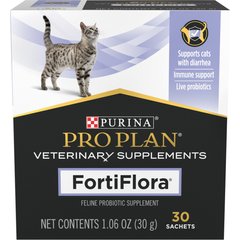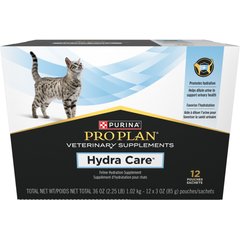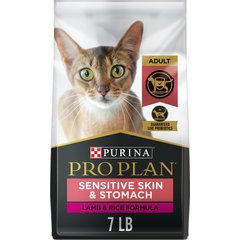What is in Cat Litter?
Understanding Clay, Silica and Biodegradable Cat Litters
By Lorie Huston, DVM
There are many different types of cat litters available, but essentially most of them fall into three distinct categories: clay-based, silica-based, and biodegradable. The best cat litter for your cat will depend on your expectations.
Clay Cat Litter
Clay cat litters are the oldest type of commercial cat litter and are still widely available. Clay is used in cat litters because of its ability to absorb liquid. Traditional clay litter can absorb its weight in cat urine and, because it separates the urine effectively, has some natural odor control as well.
However, as clay litter becomes soiled and can no longer absorb liquid, odor can begin to be a problem. Various ingredients such as baking soda and charcoal may be added to the cat litter to help with odor control.
Traditional clay litter must be cleaned and changed often. These litters do not form clumps that are easily removed with a scoop, so normally the entire litter box must be emptied, cleaned, and the cat litter replaced at least once a week.
The addition of a special type of clay, known as bentonite, does allow the litter to clump when it becomes wet. This type of clay-based litter has become known as clumping litter as opposed to the traditional non-clumping clay litter (which contains other forms of clay rather than bentonite).
With clumping cat litter, individual clumps of soiled litter can be easily removed with a scoop, along with the fecal matter deposited in the litter box. As a result, cat litter boxes filled with clumping litter can be replenished regularly to replace the soiled litter that is removed and do not need to be emptied and completely filled with fresh litter as frequently as non-clumping litters.
For some cat owners, clay cat litters, either clumping or non-clumping, are a good choice of cat litter. But there are other options available.
Vet Recommended Health Support
- Feliway Optimum Enhanced Calming 30 Day Diffuser for Cats$29.99Chewy Price
- Purina Pro Plan Veterinary Diets FortiFlora Powder Probiotic Digestive Supplement for Cats, 30 count$30.99Chewy Price
- Purina Pro Plan Veterinary Diets Hydra Care Liver Flavored Liquid Supplement for Cats, 3-oz pouch, case of 12$14.99Chewy Price
- Purina Pro Plan Adult Sensitive Skin & Stomach Lamb & Rice Formula Dry Cat Food, 7-lb bag$28.08Chewy Price
Silica Cat Litter
Crystallized cat litters are formed from a silica gel. This gel is absorbent and also provides odor control. The silica used in these products is similar to the desiccant that is often found in the pouches packaged as a preservative with foods, medications, and other consumables that can be damaged by excess moisture. Silica-based cat litters provide an option for those who prefer a non-clay litter. They tend to produce less dust than clay litters, but some cat owners become alarmed about the possibility that the litter may prove dangerous to their cat if ingested in large amounts.
Biodegradable Cat Litter
Though a large quantity of either clay or silica litter would need to be ingested to really be dangerous to your cat, biodegradable cat litters provide an alternative for those who are concerned about that possibility. They also provide an alternative for those who prefer a more ecologically friendly “green” product.
Such biodegradable cat litters may be made from recycled paper products or plant-derived materials such as pine, wheat, corn, beet pulp, and soybean. Because these products are biodegradable, they do not clutter landfills. Some sources even suggest using the end product as mulch. However, placing cat feces in garden areas, particularly those where edible fruits, vegetables, or herbs are grown, can introduce people to unwanted disease, so this is not a wise choice.
The best cat litter for you and your cat will depend on how much time you are willing to spend cleaning the litter box, whether dust from the litter is of concern for you, and many other factors, not least of which is your cat’s comfort and willingness to use the litter. Being educated about the various pros and cons of each type of cat litter can help you make the best choice.
Image: Onur ERSIN / via Shutterstock




